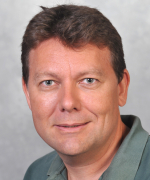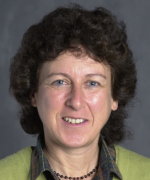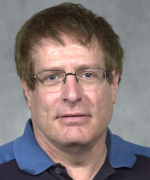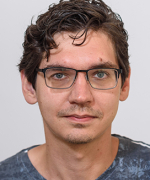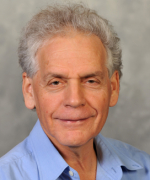Material Science(23)
-
RF Resonators for Strong Driving of Nuclear Spins (No. T4-2431)
An RF resonator designed for strong and fast driving of nuclear spins with applications in quantum sensing and microscopy. The resonator is a spiral structure composed of two metallic layers separated by an insulating material. ... Read more19127 -
A Multistate Memory Cell Based on Electrochromic Metallo-Organic Assemblies (No. T4-2360)
The pressing and ongoing demand to boost chip capacity while simultaneously reducing its size underscores the crucial importance of enhancing memory cell technology. In response to this need, we have innovated a conceptually new memory cell. ... Read more18973 -
Colloidal Synthesis of Micron-Scale Organic Crystalline Spherulites (No. T4-2334)
A controllable method for synthesizing organic, crystalline spherulites from compounds with guanine-based structures. ... Read more19076 -
Smart Energy Storage Devices with Visual Charge Monitoring (No. T4-2316)
The growing demand for energy devices that store and deliver power and offer additional functionalities, like instant performance monitoring, is evident. ... Read more18931 -
Sustainable Utilization of Ethane (No. T4-2279)
Aerobic oxidation is a chemical reaction in which hydrocarbons such as alkanes or alkenes are oxidized using oxygen as the oxidizing agent. ... Read more18592 -
Stirring-Free Scalable Electrosynthesis Enabled by Alternating Current (No. T4-2268)
Electrochemical transformations are unfavorable while using conventional direct current (DC) electrosynthesis. The main reason is the interelectrode mass transfer, which serves as a major limiting factor for the overall efficiency and the process’s selectivity. ... Read more18649 -
Radiation Curing Enhancement by Semiconducting Nanoparticles (No. T4-2215)
The curing of polymers by UV light is of great technological importance in, for example, dentistry, advanced manufacturing (3D printing), and various applications such as manufacturing of optical media, biotechnology, and more. ... Read more17678 -
Green Synthesis of Biocompatible Porous Nanostructured Silica-Composite (No. T4-2201)
Nanostructured silica is a promising material with remarkable properties, such as high porosity, biocompatibility, and stability. ... Read more18137 -
Zirconium Doped Ceria Electroceramic with a High Electrostriction Coefficient (No. T4-2180)
Electrostrictive materials can generate large movement under voltage, making them attractive for numerous applications. ... Read more18925 -
Biodegradable "Fiberglass" for Packing Industry (No. T4-2137)
Conventional plastics are materials with attractive properties but with low recyclability. They also persist in the environment. Furthermore, the plastic waste decomposes into microplastic, which pollutes the soil, the sea, and the air. Therefore new regulations restrict its use. ... Read more14756


